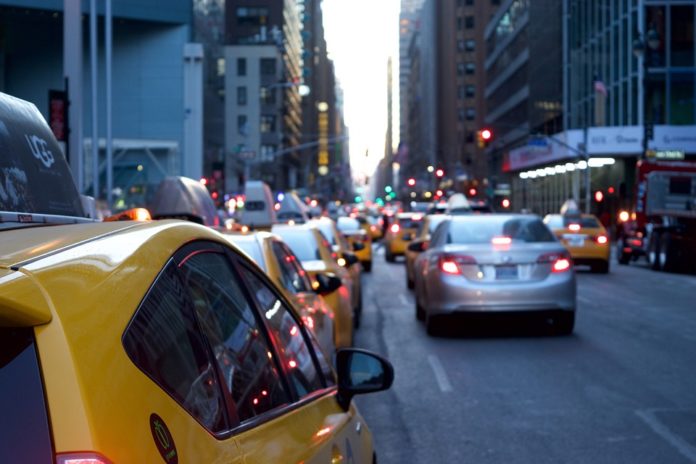The highway daytime speed limit has been reduced from 130 to 100 km/h. This is one of the actions taken by the government to tackle the nitrogen problem. We have to drive slower, but to what end? Will the traffic jams on A58 suddenly be resolved? Will there be no more accidents on A67?
The traffic jams will take longer to form. They will also occur at a later time, expects traffic expert, Ruud Hornman. “But we should not expect any miracles. Theoretically, it is good if all of us drive below 100 km/h on highways.”
“This is because a road achieves the maximum capacity if all drive at a maximum speed of 95 km/h. With a slower speed, you can drive closer to the car in front of you. This allows for more cars on the road.” says Hornman at the Breda University of Applied Sciences.
Human behaviour makes it challenging
“If we all drive close to each other at the lower speed, the gap between cars becomes very small. As a result, it would be challenging for those who want to move quickly to the left lane. It is also more difficult for one to change lanes or overtake,” Hornman explains.
People also drive defensively. “We are cocky when we drive. We do not want to let people in. As a result, people just push in. The other drivers then have to slam on brakes.” This behaviour causes traffic jams and sometimes even accidents.
Although these behaviours will not change with the speed limit reduction, Hornman still expects to see some positive changes. “The traffic jams will take longer to form, and occur at a later time. Also, you will use less fuel if you drive slower and stop less frequently.”
Longer travel time
The only downside is that you will be on the road for a longer time. “For a distance from Breda to Eindhoven, it will take around five minutes longer,” Hornman expects. However, due to the traffic jams in the Brabant area, the time spent on the road is much longer anyway. So you will not notice much in practice.
Source: Omroep Brabant
Translator: Shufei
Editor: Melinda Walraven
















